Patent drawings are crucial since they assist you in explaining the nuances of your invention to the public and make it understandable. According to the patent laws, the applicant needs to furnish patents. There are some exceptions to it as well. For instance, if your patent relates to chemical compound or a process, you may not need a patent drawing. The patent drawings should explain every feature of your invention. The applicant should meet all the norms and guidelines while curating a patent design. Let’s take a look at what role does a patent drawing plays in patent prosecution cycle and how you can create a compelling drawing.

Related Article – What is a Utility Patent Drawing?
What is the Significance of a Patent Drawing?
An idea is, better, depicted when it is followed by the visual representation of the same. This gives a clear understanding of the structure, functioning and features of the invention. The significance of a patent drawing cannot be overlooked.
A high-quality patent illustration not just expresses your idea but also helps in distinguishing your invention from the exiting prior-arts, thereby increasing the chances of patentability of your invention.
An examiner will take less time reviewing your invention, which will speed up the patent prosecution cycle, in turn, leading you to save time and money. The importance of a high-quality patent drawing lies in the fact that it makes your patent application enforceable and has the potential to synthesize more revenue.
Related Article – The Secret to Good Patent Illustrations: Patent Illustrators
USPTO Guidelines For Patent Drawings
Now that you are aware of the significance of patent drawings, it is time to get you familiar with the guidelines for the same. The USPTO has laid some guidelines for applicant when it comes to designing a patent illustration. Take a look at the requirements that an applicant needs to abide by:
- The applicant can use black and white colors.
- Ensure to use Indian ink only.
- The patent drawing must bear the name of the inventor, invention name, and the number of application.
- The size of drawing paper should be 11-inch by 8.5-inch (27.9×21.6cm. The sheet must be durable, flexible, non-lustrous and free of folds.
- The patent drawing sheet must be free from overwriting or must not have any indications of erasing.
- The applicant should submit sheet in a pdf document.
- A margin of 1 inch on the top and 1 inch on the left side, 3/8 inch on right side, and 5/8 on left side.
- For each formula, you must use different figures. Keep the related information within the brackets.
- Avoid solid shading.
How You can Create a Patent illustration?
The applicant can create a patent illustration all by himself. However, he/she should keep the above-mentioned guidelines in mind. On the other hand, if an applicant lacks the skill set, it is a good idea to hire experts for curating patent illustrations. The experts hold years of experience on this front and are familiar with global patent laws. So, you can delegate this task of patent drawings to them.
The additional benefit is that they can represent the nuances of your invention in a great detail on paper. The final output will be that you will receive a high-quality, professional, neat and clean patent illustration.
Why you should hire PPI for Patent Drawings?
- Understanding of Guidelines – PPI’s drawing team is well versed with the rules and regulations of patent office across the world and adheres to these guidelines while creating patent designs.
- Quick Turnaround Time – The dedicated team of draftsmen ensures the timely delivery of the patent drawings while keeping the quality of drawings professional. The delivery is done according to the needs of clients.
Other Related Articles
Understanding the Patent Docketing & its Process
What is Prior-Art? Why You Should Conduct a Prior-Art Search?

